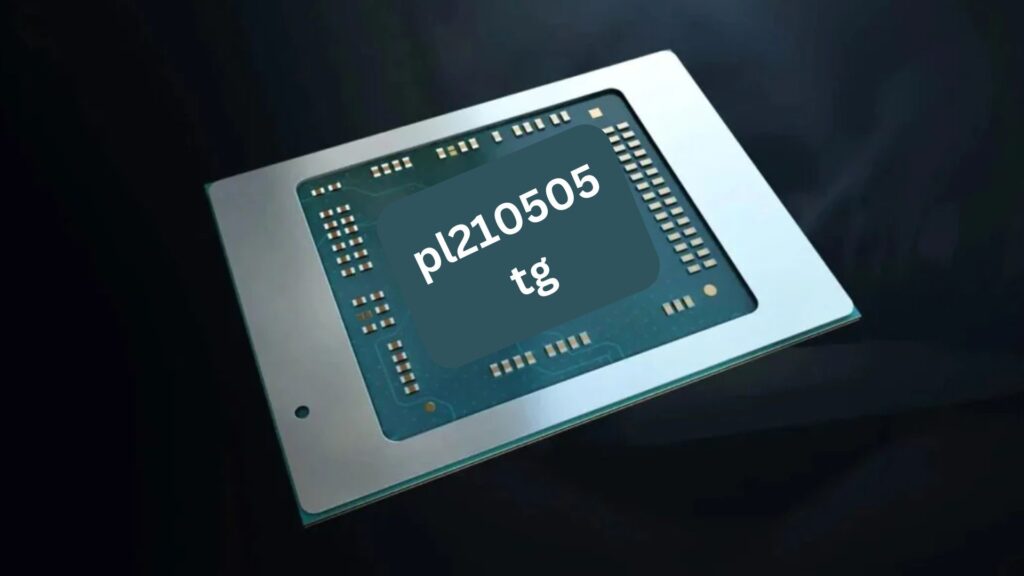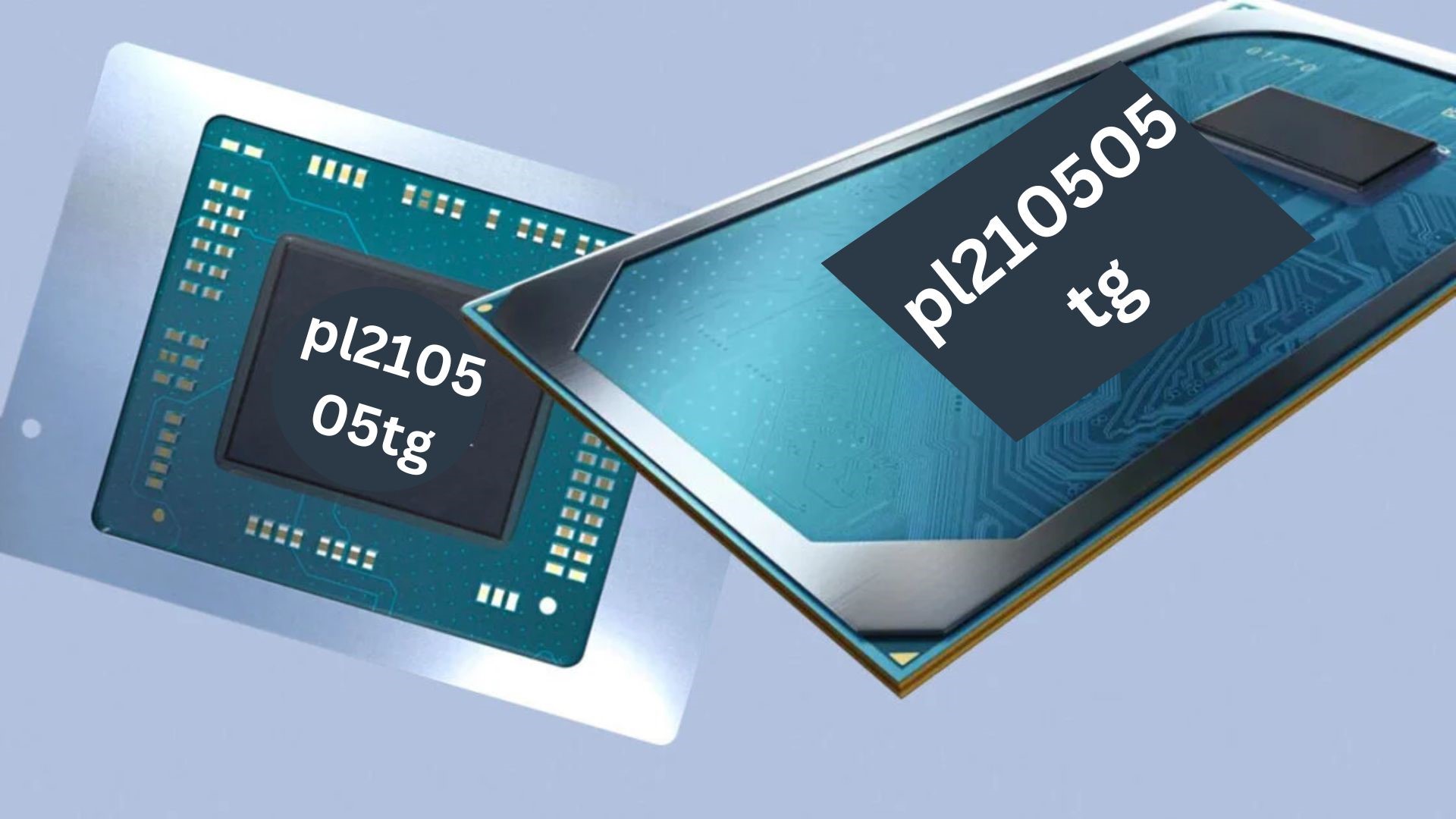Introduction
PL210 505TG represents a significant leap forward in technological innovation, merging advanced engineering with practical real-world applications. As industries increasingly look to enhance performance, optimize operations, and drive future progress, PL210505TG stands as a groundbreaking solution across multiple sectors. This article delves into the technical specifications, core features, implementation strategies, and applications of PL210 505TG, exploring its widespread impact and potential for reshaping industries worldwide.
What is PL210505TG?
PL210 505TG is a highly advanced system designed to address the growing need for efficiency, scalability, and reliability in diverse industries. With its state-of-the-art architecture and performance-driven capabilities, it offers a solution that integrates seamlessly with existing infrastructures while providing a scalable framework for future growth. Whether in manufacturing, healthcare, research, or environmental sustainability, PL210 505TG’s versatility positions it as a cornerstone of technological progress.
Technical Overview
The PL210505TG integrates cutting-edge technology to provide superior performance across a variety of parameters. Central to its architecture are next-generation components that drive operational excellence, ensuring optimal performance while maintaining energy efficiency. The system is built with modularity and scalability in mind, making it adaptable to different environments and easy to upgrade as new advancements emerge.
Performance Specifications
PL210 505TG excels in performance metrics, offering high operational frequencies, reduced latency, and enhanced throughput. These improvements enable the system to handle data-heavy processes and demanding tasks with precision, making it suitable for environments where accuracy and real-time results are critical. In addition to its performance, PL210 505TG boasts reliability and low operational costs, further boosting its appeal for widespread adoption.
Also read: izonemedia360. com
Key Features of PL210505TG
- Scalability: One of the defining attributes of PL210 505TG is its scalability. It can easily expand to meet the growing needs of an organization, offering future-proof capabilities and seamless integration into larger systems.
- Modular Design: The modular design of PL210 505TG allows for simple upgrades, customization, and expansion. Organizations can adapt the system to meet their specific operational requirements without disrupting existing workflows.
- Energy Efficiency: Energy consumption is a major consideration in modern technological systems. PL210 505TG incorporates energy-efficient components and protocols, minimizing its carbon footprint and operational costs.
- Interoperability: PL210 505TG integrates effortlessly with existing infrastructures and technologies, ensuring compatibility with various software platforms, hardware components, and industry-specific applications.
Engineering Excellence
PL210505TG’s design reflects deep insight into the challenges and requirements of contemporary industries. Built with future developments in mind, the system is engineered for long-term performance. The system’s components are rigorously tested to ensure robustness, and the integration process is streamlined to guarantee minimal downtime during deployment.
Implementation Strategies
Implementing PL210 505TG requires careful planning and consideration. Success depends on evaluating existing infrastructures, identifying potential integration challenges, and crafting detailed deployment strategies. The key steps in successful implementation include:
- Infrastructure Assessment: Organizations must evaluate their current infrastructure and determine compatibility with PL210 505TG. Identifying any gaps in hardware or software compatibility is critical for smooth integration.
- Resource Allocation: Effective implementation requires determining the necessary physical and computational resources, ensuring that the system has the infrastructure it needs to operate at peak efficiency.
- Performance Monitoring: Regular monitoring and adjustment are essential to maintaining optimal performance. Organizations should implement systems to track the system’s metrics and ensure that it delivers consistent results.
- Training Programs: Staff must be adequately trained to operate, maintain, and troubleshoot the PL210505TG system. Tailored training programs ensure that employees understand how to maximize its potential and address challenges effectively.
Applications Across Industries
PL210 505TG’s versatility extends across various sectors, where its integration has driven advancements, optimized workflows, and improved outcomes. Below are some of the key industries benefiting from its implementation:
Manufacturing Sector
In manufacturing, PL210 505TG’s precision monitoring and control capabilities enable companies to optimize production lines, reduce waste, and improve overall product quality. The system’s real-time data analysis and adaptive processes contribute to streamlined operations and cost reductions, making it invaluable in highly competitive manufacturing environments.
Research and Development
Research institutions leverage PL210505TG for its ability to manage and process large datasets, perform complex analytical tasks, and support sophisticated experimental setups. Whether in scientific experiments or product development, the system accelerates research timelines and enhances the accuracy of results.
Healthcare Applications
In healthcare, PL210 505TG enables improvements in diagnostic tools, medical research, and precision medicine. Its high performance and reliability make it suitable for sensitive applications like medical imaging, patient monitoring, and data analysis. Integrating PL210 505TG with healthcare systems allows for more precise treatment options and better overall care.

Environmental Sustainability
The PL210 505TG contributes to sustainability efforts by promoting energy efficiency and enabling smarter resource management. Whether in the integration of renewable energy technologies like solar and wind or optimizing industrial processes to reduce environmental impact, PL210505TG provides a powerful platform for achieving sustainability goals.
Performance Optimization
To fully maximize the capabilities of PL210 505TG, organizations must implement consistent performance optimization protocols. This includes:
- Regular Calibration: Ensuring consistent output and accuracy.
- Component Inspections: Identifying wear and tear on hardware components to prevent breakdowns.
- Software Updates: Keeping the system’s software up to date ensures compatibility with new features and security patches.
Maintenance Protocols
Routine maintenance is crucial for maintaining system efficiency over time. Regular checks and inspections should be conducted to detect potential issues before they arise, ensuring minimal downtime and extending the operational lifespan of the system.
Future Developments
The future of PL210505TG is promising, with several key areas under development:
- AI Integration: The next phase of PL210 505TG’s development will involve incorporating artificial intelligence (AI) to enhance decision-making and automate complex tasks, providing users with intelligent insights and solutions.
- Quantum Computing: Research into quantum computing applications will further expand PL210 505TG’s processing power, making it capable of handling even more data-intensive operations.
- Energy Efficiency Advancements: Future iterations of the system are expected to incorporate further advancements in energy efficiency, making it even more environmentally friendly and cost-effective.
Economic Considerations
Implementing PL210 505TG comes with an upfront investment, but the long-term benefits justify the cost. Organizations must assess the following:
- Initial Investment Costs: These include hardware acquisition, software licensing, and installation costs.
- Ongoing Operational Costs: Regular maintenance, staff training, and upgrades add to the total cost of ownership.
- Return on Investment (ROI): The efficiency gains, productivity improvements, and cost savings achieved through PL210505TG can provide a significant ROI over time.
Regulatory Compliance
Compliance with industry standards and regulations is crucial for organizations deploying PL210 505TG. Adhering to relevant standards ensures not only legal and operational compliance but also guarantees system interoperability and safety.
Conclusion
PL210 505TG is more than just a technological advancement; it represents the future of systems designed for precision, scalability, and efficiency. With its wide-ranging applications across industries like manufacturing, healthcare, and sustainability, PL210505TG stands as a powerful tool for organizations seeking to improve performance, reduce costs, and achieve greater outcomes. As the system continues to evolve, its potential to revolutionize industries and drive innovation remains limitless.
